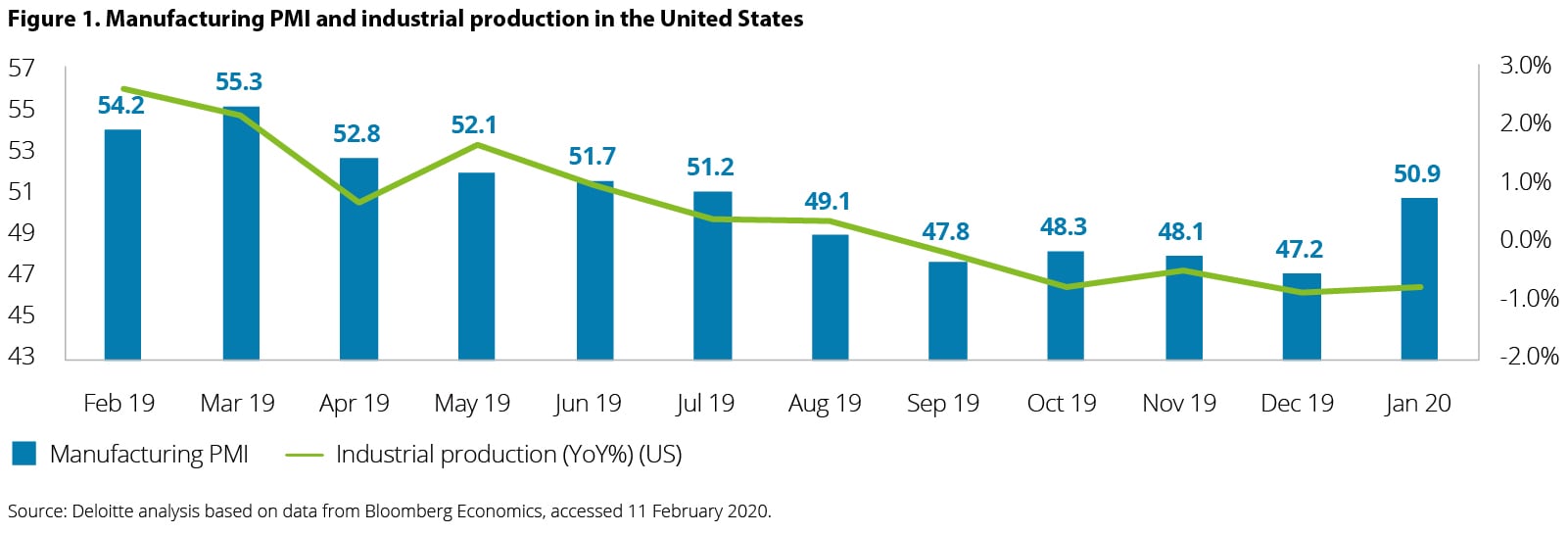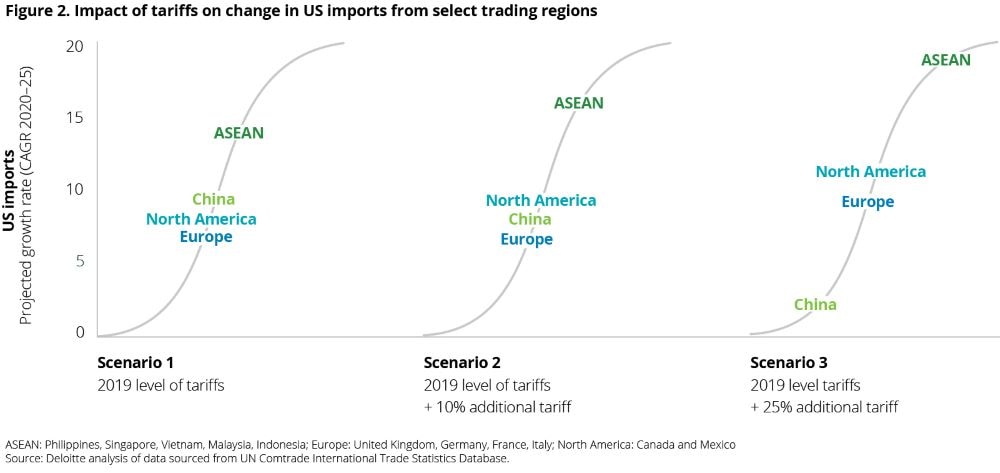Shifting tradewinds for US manufacturing has been saved

Analysis
Shifting tradewinds for US manufacturing
Navigating the impact of new trade policy and regulations
The global trade climate appears to have entered a period that is different from what manufacturing has experienced in the past three decades. Conducive trade agreements (bilateral and multilateral) and globalization of the manufacturing ecosystem have transformed supply chains into vast global networks.
Explore content
- Globalization of manufacturing continues to face pressure from shifting trade regulations
- Mapping the possible trade scenarios—and their likely impact on global manufacturers
- The way forward: What should industrial manufacturers do to navigate shifting trade policies?
- Get in touch
- Join the conversation
Globalization of manufacturing continues to face pressure from shifting trade regulations
The evolving trade dynamism poses a significant challenge to industrial manufacturing companies. In the United States, overall business fixed investment declined in 2019, with investment in equipment declining for the third time in the last four quarters ending December 2019. The US manufacturing purchasing managers’ index (PMI) and industrial production numbers have been moving downward since the beginning of 2019 (figure 1).
Mapping the possible trade scenarios—and their likely impact on global manufacturers
Deloitte’s model presents three possible scenarios of future trade, including two scenarios of escalating trade tensions in the future.
We analyzed select trading regions for industrial products across the globe and illustrated the potential impact tariffs could have on the imports of industrial manufactured goods from these regions to the US. Select trading regions analyzed include China, the ASEAN countries, North America (excluding the United States), and European countries.
- Scenario 1: 2019 level of tariffs prevail
- Scenario 2: An additional tariff of 10 percent is levied on 2019 level of tariffs
- Scenario 3: An additional tariff of 25 percent is levied on 2019 level of tariffs
Deloitte’s analysis of possible scenarios for changes in tariffs and the potential outcomes for industrial manufacturing companies (figure 2). Deloitte’s proprietary “trade-tariff” model for industrial manufacturers illustrates the various potential consequences of changing tariffs and duties on a large US industrial manufacturing company that has manufacturing operations beyond the United States.
The way forward: What should industrial manufacturers do to navigate shifting trade policies?
- Analyze and improve trade processes, as manufacturers engaged in global trade continue to face a maze of complex import and export regulations. These must be carefully navigated to maintain compliance and benefit from cost‑savings opportunities.
- Manage supply chain risks by opening new channels of suppliers and focusing on strategic sourcing activities, including the geographic concentration of suppliers. To weather the impact of trade measures (escalation of tariffs), manufacturers should develop alternative supply-based sourcing.
- Leverage advanced digital technologies to boost productivity and streamline business operations.
- Recalibrate talent strategy to incorporate workforce demands relative to scaling up production and developing the digital skills that are needed today and in the future. For instance, Bosch Rexroth and Singapore Polytechnic opened two learning labs in the latter’s campus to train participants on the use of Internet of Things (IoT) in manufacturing.
- Collaborate with regional players to build the capabilities to shift manufacturing capacity when needed. For instance, Harley-Davidson Inc. is partnering with a local manufacturer in China to make its smallest bike in decades for the fast-growing market, extending a strategy to build more motorcycles outside the United States.
Explore content
- Globalization of manufacturing continues to face pressure from shifting trade regulations
- Mapping the possible trade scenarios—and their likely impact on global manufacturers
- The way forward: What should industrial manufacturers do to navigate shifting trade policies?
- Get in touch
- Join the conversation
Recommendations
2023 manufacturing industry outlook
Accelerating growth amid anticipated challenges







Latest news from @DeloitteMFG
Sharing insights, events, research, and more